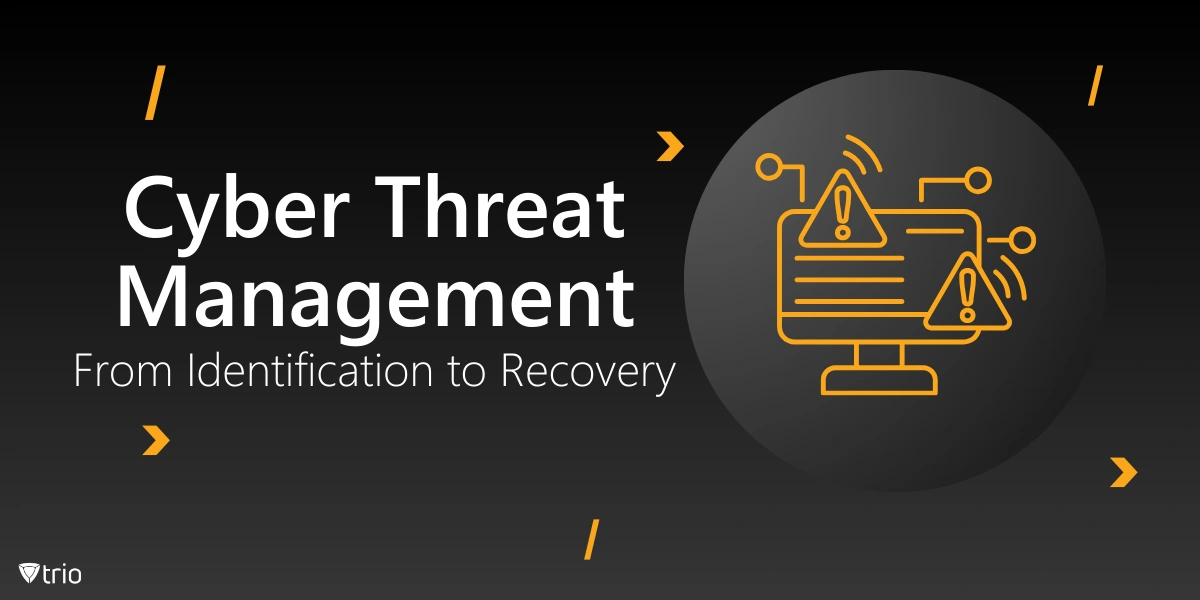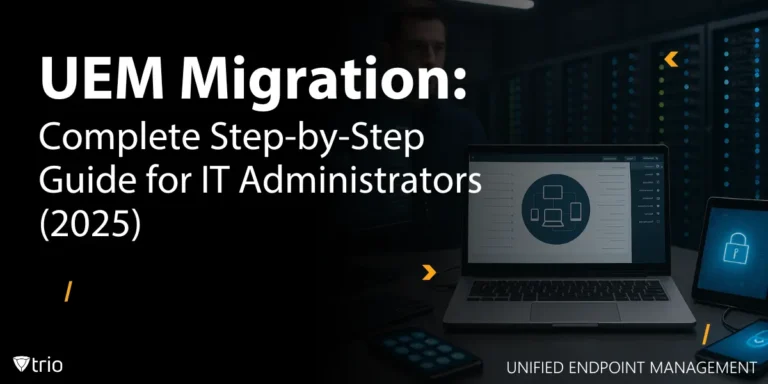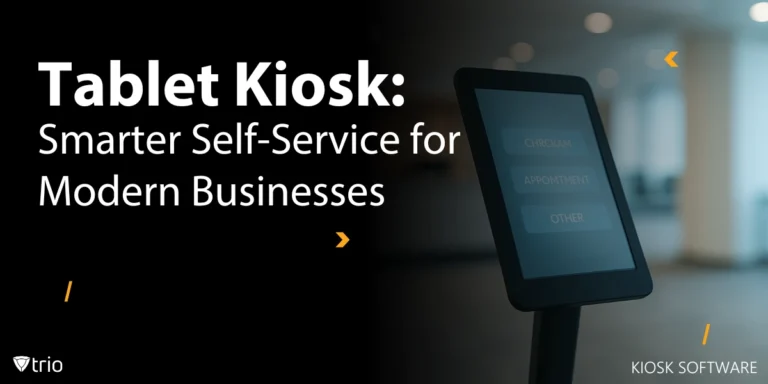One of the biggest challenges in cybersecurity is the rapid evolution of threat landscape. Cybercriminals constantly develop new tactics and exploit emerging technologies, making it difficult for organizations to keep up. This rapid evolution emphasizes the importance of threat management in cyber security. Other significant issues include the shortage of skilled professionals, the complexity of IT environments, and insider threats. Addressing these problems requires effective cyber threat management (CTM). To effectively navigate and safeguard your organization, understanding and implementing a comprehensive cyber threat management strategy is essential; continue reading to discover how CTM can protect your digital assets.
What are the Five Elements of Cyber Threat Management?
Cyber threat management is an approach to safeguarding an organization's digital assets by using five elements: identification, protection, detection, response, and recovery.
- Identification involves recognizing and cataloging potential threats and vulnerabilities within the organization's network and systems.
- Protection encompasses implementing security measures such as firewalls, encryption, and access controls to safeguard against identified threats.
- Detection involves continuous monitoring and deploying advanced threat detection tools to identify suspicious activities and anomalies in real-time.
- Response is the development and execution of incident response plans to contain and mitigate the impact of detected threats.
- Finally, recovery focuses on restoring affected systems and data to normal operations while learning from the incident to improve future threat management practices.
What is the Threat Management Framework?
A threat management framework is a structured approach to identifying, analyzing, and responding to security threats. It typically includes threat intelligence, threat detection, threat response, and threat prevention.
- Threat intelligence involves gathering and analyzing information about potential threats.
- Threat detection is the implementation of systems to detect suspicious activities and anomalies.
- Threat response involves developing procedures to respond to and mitigate detected threats.
- Threat prevention focuses on proactively addressing vulnerabilities to prevent future threats.
This framework helps organizations stay ahead of cyber threats by anticipating and neutralizing them before they cause harm, ensuring robust threat management solutions.

What Are Frequent Examples of Cyber Threats?
As digital landscapes evolve, so do the types of cyber threats targeting them. Cyber threats, encompassing a wide range of malicious activities such as data breaches and cyber-attacks, can be broadly categorized, each with unique characteristics and methodologies:
- Malware: This remains prevalent, encompassing various forms such as viruses, ransomware, and spyware. These malicious programs can disrupt operations, steal information, or damage systems.
- Social Engineering: This exploits human interactions to gain unauthorized access to valuable information and systems. Phishing and smishing attacks are two of the most common forms, which trick users into revealing sensitive information.
- Insider Threats: These arise from within an organization and can be accidental or malicious. They are particularly deceitful as they bypass traditional security measures with legitimate access.
- Advanced Persistent Threats (APTs): These are complex, tricky, and prolonged attacks aimed at specific targets to steal data or disrupt operations, often remaining undetected for long periods.
- Distributed Denial of Service (DDoS) Attacks: These overload systems with floods of internet traffic, disrupting services and potentially serving as a smokescreen for more invasive attacks.
- Ransomware Attacks: These involve encrypting the victim’s data and demanding payment for decryption keys, paralyzing critical systems and demanding significant financial payouts.
- Man-in-the-Middle (MitM) Attacks: These intercept communications between two parties to steal or manipulate information.
- Supply Chain Attacks: These compromise software or hardware before they reach the consumer, exploiting trusted relationships.
How Can Threats be Detected Effectively?
To detect threats effectively, implementing multi-layered security is vital. This involves using a combination of firewalls, intrusion detection systems (IDS), and antivirus software to create multiple barriers that cyber threats must overcome. Regular vulnerability assessments and penetration testing can help identify and mitigate potential security weaknesses before they are exploited.
Real-time monitoring and analytics also play a crucial role in threat detection. Employing Security Information and Event Management (SIEM) systems allows for real-time monitoring and analysis of security alerts, providing timely insights into potential threats. Additionally, user training and awareness are essential. Educating employees about the latest cyber threats and safe online practices can significantly reduce the risk of human error and improve the overall security posture.
Leveraging automation and artificial intelligence (AI) can also enhance threat detection. Automation and AI can identify patterns and anomalies that might indicate a threat, enabling quicker and more effective responses. By combining these strategies, organizations can strengthen their defenses against cyber threats.

Types of Threat Management
Understanding the different types of threat management solutions is essential for effectively detecting and responding to cyber threats.
Preventive Management
Preventive management focuses on implementing measures to prevent threats from occurring in the first place. This includes installing firewalls, using device encryption, and applying regular security patches. By taking proactive steps, organizations can reduce their vulnerability to cyber threats.
Detective Management
Detective management aims to identify and detect threats that have already breached the initial defenses. Techniques include using IDS, SIEM systems, and conducting regular security audits. These measures help organizations quickly identify and respond to potential threats before they can cause significant damage.
Corrective Management
Once a threat is detected, corrective management involves taking steps to neutralize the threat and mitigate its impact. This includes incident response planning, restoring affected systems, and removing malware. Effective corrective management ensures that organizations can quickly recover from cyber-attacks and minimize their impact.
Deterrent Management
Deterrent management involves measures designed to discourage potential attackers from targeting an organization. This can include implementing strict security policies, taking legal actions against cybercriminals, and demonstrating a strong security posture to deter attacks. By making it clear that they are well-prepared and vigilant, organizations can reduce the likelihood of being targeted by cyber threats.
What Are Common Challenges in Threat Management?
As we know now, effective threat management is essential for maintaining a secure digital environment, but it comes with several challenges. One of the primary difficulties is dealing with the volume and complexity of threats. Cyber threats are constantly evolving, with new attack vectors emerging regularly. Keeping up with the ever-changing threats requires continuous vigilance and adaptation.
Another significant challenge is resource limitations. Many organizations, particularly small and medium-sized businesses (SMBs), lack the necessary budget and skilled personnel to manage threats effectively. This often results in security gaps that cybercriminals can exploit. Furthermore, integrating various security tools to ensure they work together seamlessly can be problematic.
Real-time monitoring and response are crucial for effective threat management, yet many organizations struggle in this area. Establishing effective real-time monitoring systems and protocols for rapid response is essential to mitigate potential damage. Additionally, human errors remain a significant challenge. Misconfigurations, lack of awareness, and insider threats can all undermine an organization's security posture.
Conclusion
Effective cyber threat management is crucial for safeguarding your organization’s digital assets. By understanding the various types of threats and implementing a comprehensive threat management framework, you can protect your digital assets from potential harm. But having the right tools is crucial to success! That’s where Trio comes in. Our mobile device management solution (MDM) not only helps you manage all your devices but also secures your security infrastructure against emerging threats. Ready to take your threat management to the next level? Explore what Trio can do for your organization. Learn more about Trio or schedule a demo today!
Get Ahead of the Curve
Every organization today needs a solution to automate time-consuming tasks and strengthen security.
Without the right tools, manual processes drain resources and leave gaps in protection. Trio MDM is designed to solve this problem, automating key tasks, boosting security, and ensuring compliance with ease.
Don't let inefficiencies hold you back. Learn how Trio MDM can revolutionize your IT operations or request a free trial today!





